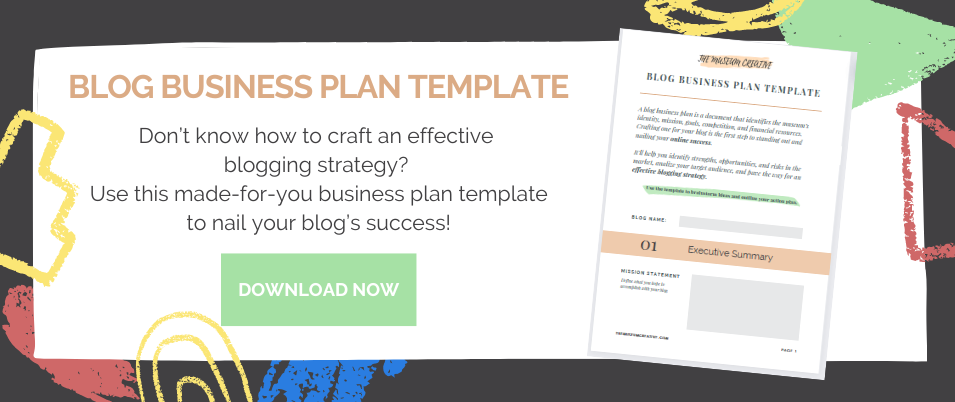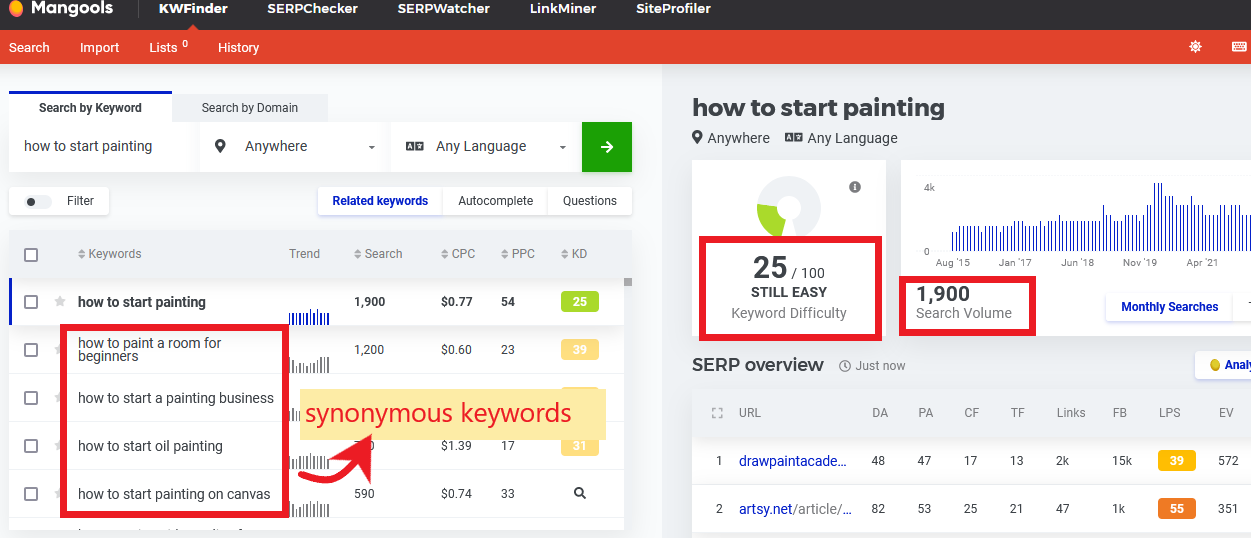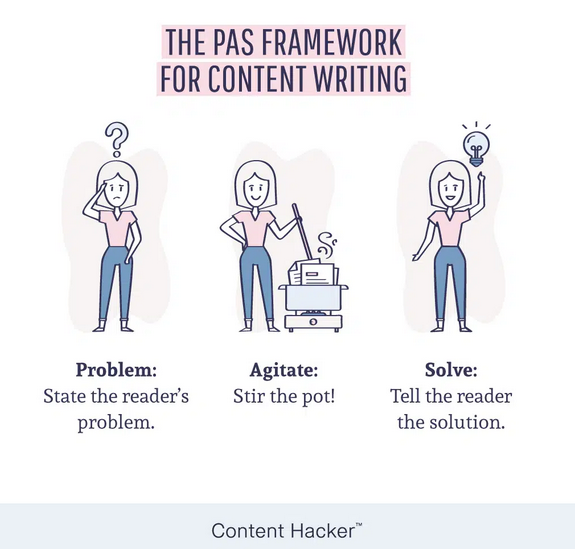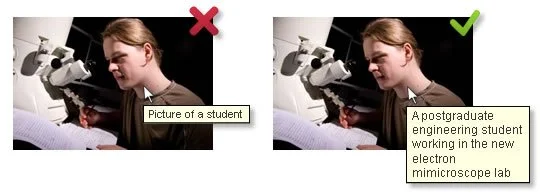Creating Long-Form Content: A Guide for Art Institutions
Ever thought about creating long-form content?
In today's fast-paced digital landscape, delivering short-form content is the new craze - short posts (83%) and videos (61%) are the top two content types B2C marketers use.
Yet, short articles attract 21% less traffic and 75% fewer backlinks than more detailed ones. (SEMrush)
So, what’s the best way to build a lasting art business?
Start creating long-form content like blog posts - and successfully incorporate it into your content strategy!
A well-crafted long-form piece will position your brand as an authority in the art field while boosting your online visibility, SEO performance, and audience engagement.
Plus, people enjoy longer, in-depth content as it offers more value and insights than bite-sized pieces (research proves that!).
But how do you write comprehensive posts that resonate with your audience and convert?
Today’s guide will show you why successful long-form content matters to scale your presence, including six key tactics to creating long-form content for profitable and sustainable growth.
Let’s get started!
Creating Long-Form Content: A Guide for Art Institutions - Table of Contents
Why Choose Long-Form Over Short-Form Content?
Five Proven Tactics for Creating Long-Form Content
Why Choose Long-Form Over Short-Form Content?
Creating long-form content isn’t just about writing more words; it's about providing high-quality, helpful solutions to your audience.
This way, you differentiate yourself as a trustworthy source of information, motivating people to come back for more - something you’d hardly achieve with a 30-second TikTok video or Instagram reel!
Long-form posts, like blogs or YouTube videos, offer users a greater exploration of topics, with valuable insights and an engaging experience.
They can also bring in 62x more ideal customers than short-form content and nearly 200% more revenue!
Impressive, right?
The benefits of using this content type are manifold:
Improved SEO rankings: search engines like Google favor accurate, long-form posts over shorter ones, leading to better visibility on search results pages and increased organic traffic.
Better communication: with a long-form piece, you dig deeper into subjects by presenting thorough research or complex ideas that would be difficult to convey in shorter formats.
Audience engagement: engaging readers for a longer time strengthens relationships, brand awareness, and credibility - which will ultimately translate into conversions!
So, how do you make your long-form content stand out?
To create content that hooks your audience, remember the SONYA framework: Strategy, Originality, Nuance, Yearning, and Authenticity.
These five components I personally came up with are what will set your work apart.
Here’s how to apply the framework to a long-form blog:
Devise a Strategy based on your business goals, target audience’s needs, and thorough keyword research for SEO optimization.
Make your post Original (plagiarism is never acceptable, especially now with the rise of AI-generated content!).
Add Nuance to your piece with some personal touch and unique perspectives.
Create Yearning or anticipation by making promises at the beginning about the tips/solutions your audience will get if they keep reading.
Make sure all claims made within the article are Authentic and accurate.
Doing so will ensure your activity aligns with best practices for producing resonating online content!
Six Proven Tactics for Creating Long-Form Content
Creating long-form content may seem daunting, but it's worth the time and investment.
Done right, crafting compelling narratives combined with strategic planning will impact your brand reputation significantly!
The next six key steps will show you how.
1. Quantify the Success of Long-Form Content
In a world that often prioritizes brevity, it's easy to overlook the power of long-form content.
Still, creating long-form content is a game-changer in marketing your art business.
Just think:
Articles with a word count between 2,250 and 2,500 earn the most organic traffic and social shares.
Google favors long posts that follow its EEAT parameters and exhaustively respond to search queries.
This means writing helpful, long-form content for your audience is the only way to really succeed!
Numbers speak louder than words when making business decisions.
So, let's talk about quantifiable results from investing in extensive articles:
Intense website traffic: when SEO-optimized, a post ranks higher on the SERPs - driving organic visitors who actively look into your industry or the type of services you offer.
Higher engagement rates: top-notch posts hold the reader's attention longer as they offer deeper insights compared to small chunks of info.
Increased lead conversions: by consistently publishing quality blogs, you nurture trust among interested leads and customer loyalty.
Whenever you write long-form content, consistently monitor this process - it’ll yield significant results, from better interactions and exposure to steadier growth!
2. Pivot to SEO-Focused Content Creation
To make the most of your long-form content, you need to understand Search Engine Optimization (SEO).
Improving your website's visibility on search results is the core of SEO. The higher you rank with your content, the greater the chances people will find and engage with your art brand.
But how does this tie into creating content?
The rule of thumb is to include relevant keywords in your content piece to raise organic traffic and user engagement levels.
With strategic SEO best practices, I increased my website visibility by 26.29% and gained a 5.60 avg position in the SERP in less than a year.
Keywords are crucial because they bridge the gap between what users are searching for and the information available on web pages (more in the following paragraph!).
Knowing how to implement this and other SEO tactics will benefit your content marketing activity dramatically!
3. Research Your Keywords
The best method to identify what keywords fit your topic ideas is to do keyword research.
This involves using specialized SEO tools, like SEMrush or Mangools, to get insights into popular niche-related terms.
A few tips:
Enter a term closely associated with your business field and the audience’s needs/pain points.
Identify one long-tail focus keyword (3+ words) around which to write long-form content (e.g. How to start painting).
Choose a specific keyword with low competition (score below 40) and good search volume - when specified - for higher rankings.
Explore other suggestions provided by the SEO tools through their database of searches, including synonymous keywords to embed in your content as variations of your chosen focus keyword.
This careful analysis will help uncover winning phrases that could increase visits from potential customers seeking exactly what you offer!
4. Optimize Your Blog Post With a Clear Structure
Creating long-form content - better yet, optimized blogs - goes beyond weaving in a few keywords.
It's about structuring your content strategically to appeal both to readers and search engines.
An effective blog post starts with a captivating headline that includes your primary keyword (this will instantly tell readers and search engine algorithms what your main content topic is).
From there, the introduction (or “the hook”) is the second most important element.
Make it engaging by immediately addressing the reader's queries or challenges, and anticipating the transformative solutions they'll find later in the body text.
The PAS formula is great for ideating an attention-grabbing intro. BrandWell)
After all, you have only a few moments to show your content piece is the correct destination for them!
What to do next:
Break down complex concepts into smaller sections with subheadings and bulleted lists for easy navigation and readability.
Flesh out each section with relevant information and practical advice.
Add internal links to other web pages within your site and external links to authoritative sources to enhance user experience and SEO performance.
Share authentic stories around your brand’s mission/offers/customer experience to trigger an emotional response and encourage loyalty.
Craft a concise conclusion wrapping up key points neatly and inviting readers to connect with you through a clear call-to-action (CTA).
And don’t forget to avoid fluff!
Even though you’re aiming for lengthier pieces, conciseness is pivotal to ensure every sentence adds value to the overarching blog message.
Incorporating Focus Keywords Effectively
Including your focus and synonymous keywords, where appropriate in the text, is a smart strategy to keep the post topically relevant.
Dodge keyword stuffing, as this will harm readability and lead Google to penalize you for over-optimization.
Instead, aim for natural integration of keywords within valuable context - SEO best practices recommend including focus keywords within subheaders (H2s) and tertiary headers (H3s).
To enhance user experience further, add visuals to break up large chunks of text and make posts easier to digest. Also, optimize them with alt tags featuring primary or secondary keywords when possible.
Generic image description VS optimized alt text with key phrases.
Before hitting publish, your last task for good SEO is to proofread your blog for seamless narrative, grammar accuracy, and clarity.
This will advance your long-form content quality, making it high-performing and authoritative.
5. Stay Consistent and “Evergreen”
Creating long-form content is a marathon, not a sprint. It requires consistency and dedication.
Publishing consistently on your blog and website will have significant outcomes for your art business:
Sharing quality content lets you gain recognition as an expert in your area.
Frequent publishing keeps visitors returning to see what's new and exciting in their area of interest.
The constant influx of fresh material signals search engines that your site is active and relevant - which positively impacts SEO rankings, too.
Beyond just regular posting, though, it's essential to elaborate “evergreen” posts as part of your strategy.
These are blogs with timeless topics that continue attracting traffic years after publication and remain pertinent no matter when readers stumble upon them.
Unlike news articles that become irrelevant quickly, these pieces provide lasting value - making them excellent resources for building an organic subscriber base.
A successful example could be "A Comprehensive Guide To Understanding Modern Art" - this topic isn't tied down by trends, but provides ongoing relevance for its broad appeal within the arts community.
Consistent, evergreen content works like an automated lead generation machine operating tirelessly behind the scenes while freeing up your time for other aspects of your activity.
To learn more about this and other tips on creating long-form content that converts, tune into my interview podcast with The Art Coaching Club.
6. Evaluate Success Beyond Instant Gratification
Rome wasn't built in a day, nor is your brand success.
Meaning: You can’t always measure your ROI (Return On Investment), brand recognition, or thought leadership immediately after publishing a blog post.
Patience is key - it takes roughly three months for a page to start ranking on the SERP and driving consistent web traffic.
A few recommendations:
Your ultimate goal shouldn’t be getting clicks or likes. Rather, you want visitors to stay on your site and interact with your content for the precious value offered - which increases chances for conversions!
Consider 'dwell time' - how long someone spends reading your page before returning to their search results? This metric shows Google that users find your content helpful and engaging, leading to higher rankings.
Avoid focusing on vanity metrics (page views, shares, etc.) alone without considering more significant indicators like bounce rate, backlinks, or pages per session - these give deeper insights into user behavior patterns across your website, helping you identify areas of strength and improvement.
In other words, don't be deceived by short-term results when judging the effectiveness of your extended content.
It's essential to look beyond immediate metrics and understand that building authority through quality written work takes time and effort!
FAQs - Creating Long-Form Content
What makes good long-form content?
Good long-form content is comprehensive, well-researched, and engaging.
Plus, it’s structured with headings, subheadings, and visuals for easy readability and includes relevant keywords for SEO purposes.
How do you write long-form content?
Writing long-form content involves:
Doing deep topic research.
Creating an outline.
Incorporating SEO strategies like keyword placement.
Organizing a clear structure.
Writing a comprehensive body text.
Maintaining consistency in publishing.
For effective results, make sure to create content around a specific goal reflecting your audience’s needs and the brand’s mission.
What is an example of long-form content?
An example of long-form content is an extensive blog post diving deep into a topic with detailed information and helpful guidelines for the readers.
Other content types include white papers, ebooks, case studies, or how-to guides.
Is long-form content still relevant?
Yes, long-form content is still relevant to attract dream leads and advance your business.
With its depth and comprehensiveness, this format is highly effective in building authority, awareness, and trust among readers while improving search engine rankings and audience engagement.
Unlocking the Power of Long-Form Content for Your Art Business
Creating long-form content is the secret sauce for leveraging your art brand presence.
The power it holds to engage audiences and drive traffic is immense! 💥
It all starts with developing an effective strategy based on SEO keywords that your audience searches for.
You then create optimized blogs around these keywords, ensuring they’re well-structured and incorporate the focus keyword effectively - this will make your piece suitable to your dream readers and search engines!
From there, publishing consistently will generate an evergreen traffic machine attracting hot leads willing to convert into loyal customers.
Remember though: success isn't instant - it's about building authority through progressive, quality work and metrics analysis for better performance.
By investing in long-form content, your business will snowball.
Just trust the process! 😉











